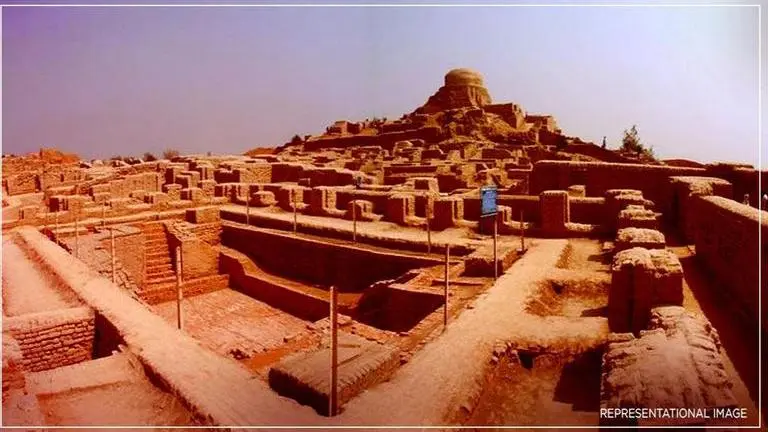Updated 10 December 2019 at 15:22 IST
Researchers find 'unequivocal evidence' of mythical river Saraswati's existence
Researchers have found 'unequivocal evidence' of the existence of a perennial river on northwestern India, claiming it as the mythical Saraswati river
- India News
- 2 min read

Researchers have found "unequivocal evidence" of the existence of a perennial river on the northwestern India plains, claiming it as the mythical Saraswati river.
Researchers from the Physical Research Laboratory, Ahmedabad and the Indian Institute of Technology (IIT) Bombay have found the existence of a perennial river on the northwestern plains of India which is believed to be none other than the Saraswati River mentioned in several Indian scriptures like Rig-Veda and the Mahabharata.
⚡️ “Researchers Provide Evidence for Existence of Mythical Saraswati River”https://t.co/B9olb0hnjI
— The Weather Channel India (@weatherindia) December 9, 2019
A perennial river flows all year long as against a seasonal river which only flows during the rainy season, like the Ghaggar-Hakra river where a large number of Harappan settlements were found which baffled many archeologists as to why the ancient settler chose the banks of a seasonal river.
Advertisement
The research findings crediting the presence of river Saraswati in the region, explains why Harappans in the Ghaggar valley did not possess harvest rainwater system, unlike other settlements found in the semi-arid regions of Saurashtra and Rann of Kutch.
Research Methods and Findings
Researchers studied the temporal changes of sediment origin along the 300 km stretch of the Ghaggar river basin, recording the presence of three types of soil and rock formation in the region.
It was later found that the textural pattern of one of the soil, grey medium-grained sand (GS) was similar to the channel fills in the neighboring Himalayan rivers. Immediate sharp changes were observed in the grain size, sorting, and clay content which showed the transformation of the river flow and its fluvial system from a high to low energy domain.
Advertisement
The findings confirmed that the Saraswati flowed from Higher Himalayas between 7,000 BC and 2,500 BC and that the Harappans built their settlements around the river between 3,800 BC and 1,900 BC.
The study also suggests that the collapse of the Harappan civilization could have been a direct result of the changing pattern of river Saraswati.
Published By : Digital Desk
Published On: 10 December 2019 at 14:13 IST

